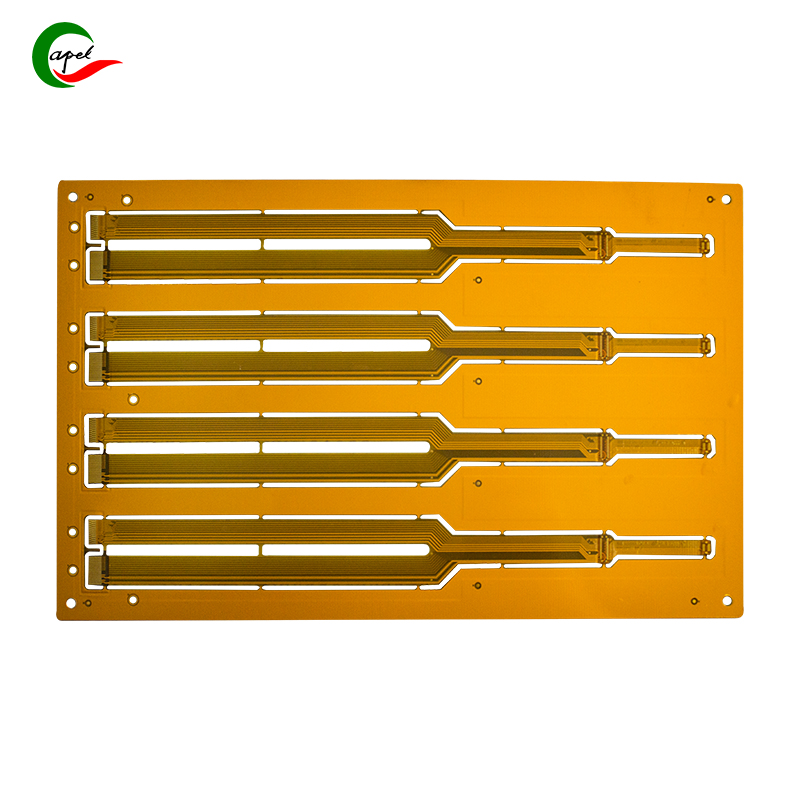Date: 2025-11-21
Let's be real - picking the right flexible circuit board (FPC) can feel overwhelming. With all the technical jargon and options out there, it's easy to either overspend on over-engineered solutions or end up with boards that fail when you need them most.
After years in this business, we've learned that choosing the right FPC comes down to three simple questions: Where will it be used? What does it need to do? And how reliable does it need to be?
Step 1: Ask Yourself These 3 Questions First
Before you even look at specifications, get clear on your actual needs:
What environment will it live in?
Will it face extreme temperatures (like in car engines or outdoor gear)?
Does it need to handle moisture, vibration, or constant movement?
Is this for a one-time installation or something that'll be flexing daily?
What's it actually supposed to do?
Just carrying simple signals or handling high-speed data?
Need to power hungry components?
Will it be static or constantly bending and folding?
What are your practical constraints?
Making a few prototypes or thousands of units?
Working with a tight budget?
Need it yesterday or can wait for perfection?
The Real-World Choice Matrix
Materials: The Foundation of Everything
Think of your FPC materials like building materials - you wouldn't use cardboard for a house foundation.
Base Materials:
PET: Your economy option. Fine for basic consumer electronics that won't see heat or constant flexing.
Standard PI: The workhorse. Handles heat well and can take a reasonable amount of bending.
High-Temp PI: For tough environments like under your car hood or in industrial machinery.
Copper Types:
Electrodeposited (ED) Copper: Cheaper and fine for boards that won't move much.
Rolled Annealed (RA) Copper: Your go-to for anything that needs to bend repeatedly. More flexible and durable.
Protective Coatings:
Basic coatings for indoor use
Heavy-duty protection for outdoor or harsh environments

Structure: Matching Design to Function
Layer Count:
Single-layer: Simple, flexible, cheap - perfect for basic connections
Multi-layer: When you need complex circuits or separate power/signal paths
Rigid-Flex: Best of both worlds - flexible where needed, rigid where components mount
Bending Design:
For constant bending (like in folding phones): Gentle curves, copper running the right direction
For one-time installation: Pretty much any reasonable design works
Reinforcement:
Stiffeners where you mount components
No reinforcement in bending areas
Manufacturing & Reliability
Circuit Precision:
Standard: 0.075mm lines and spaces
High-density: 0.05mm and smaller
Surface Finishes:
Lead-free HASL: Good for most applications
ENIG: Better for high reliability or frequent plugging/unplugging
Testing: Match the testing to your actual needs - no need to pay for aerospace-grade testing on consumer goods
Picking the Right Manufacturer
This might be the most important choice. Look for:
Proper Certifications: ISO 9001 minimum, plus industry-specific certs if needed
The Right Equipment: Laser cutting, automated optical inspection, proper testing gear
Proven Experience: Ask for examples of similar projects
Good Support: People who actually respond to your questions
Common Scenarios - Quick Recommendations
Consumer Electronics (Phones, Wearables)
Standard PI base
RA copper for any bending
Lead-free HASL finish
Watch out: Don't cheap out on base materials
Industrial Equipment (Robots, Sensors)
High-temp PI
RA copper (1oz)
ENIG finish
Watch out: Make sure circuits run perpendicular to bend lines
Automotive Applications
Automotive-grade PI
1-2oz RA copper
ENIG or ENEPIG finish
Watch out: Must have proper automotive certifications
*High-Frequency Applications (5G, RF)*
Low-loss PI materials
Low-profile RA copper
ENIG finish
Watch out: Don't use standard materials - signal loss will kill performance
Outdoor Equipment
Standard PI base
Heavy conformal coating
ENIG finish
Watch out: Must have proper moisture protection
Smart Cost Savings Without Sacrificing Quality
Use cheaper materials where appropriate
Keep designs simple when possible
Plan for larger volumes to reduce unit costs
Only pay for testing you actually need
Common Mistakes We See
Specsmanship: Suppliers promising specs they can't deliver
Material Substitution: Cheaper materials swapped in without telling you
Manufacturing Shortcuts: Poor workmanship that causes early failures
Missing Certifications: No proof they can actually deliver what they promise
The Simple Selection Process
Define your actual use case
Choose appropriate materials
Design the right structure
Specify manufacturing requirements
Find a qualified supplier
Optimize costs intelligently
The Bottom Line
Choosing the right FPC doesn't need to be complicated. It's about understanding your real needs and finding a partner who can deliver exactly what you require - no more, no less.
We've helped hundreds of companies navigate these exact choices. Whether you're building the next must-have consumer device or rugged industrial equipment, we can help you get the right flexible circuit solution.
Ready to stop guessing and start building with confidence? Let's talk about your specific needs and find the perfect FPC solution for your project.
Capel manufacturing PCBs since 2009. Professional technology and high-precision Printed Circuit Boards involved in Medical, IOT, UAV, Aviation, Automotive, Aerospace, Industrial Control, Artificial Intelligence, Consumer Electronics etc..